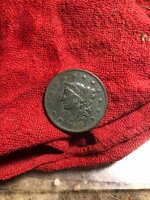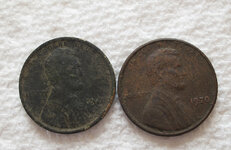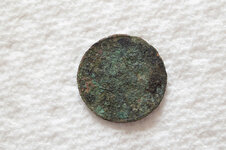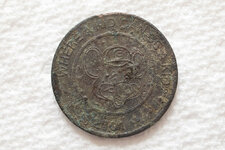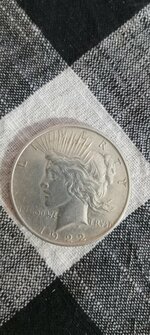Is drier ground the key to good looking coins? Most of the coins I'm digging up are barely recognizable. Whats the best way to clean them up without destroying them? My grand father used to collect coins and once in awhile he would lightly coat some with Olive oil. Rub it in with his fingers and then pat them dry. He told me it was to put some moisture in the coin. It seemed to make them look better.
I tried hot water and a soft toothbrush which did nothing. I'm assuming its the highly mineralized soil in New England or maybe the northeast that ruins them ? I was going to post images, but there isn't much to look at.
I tried hot water and a soft toothbrush which did nothing. I'm assuming its the highly mineralized soil in New England or maybe the northeast that ruins them ? I was going to post images, but there isn't much to look at.


